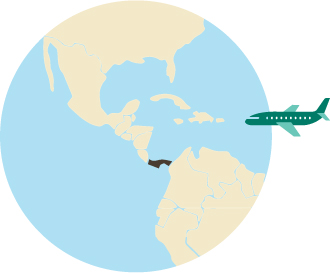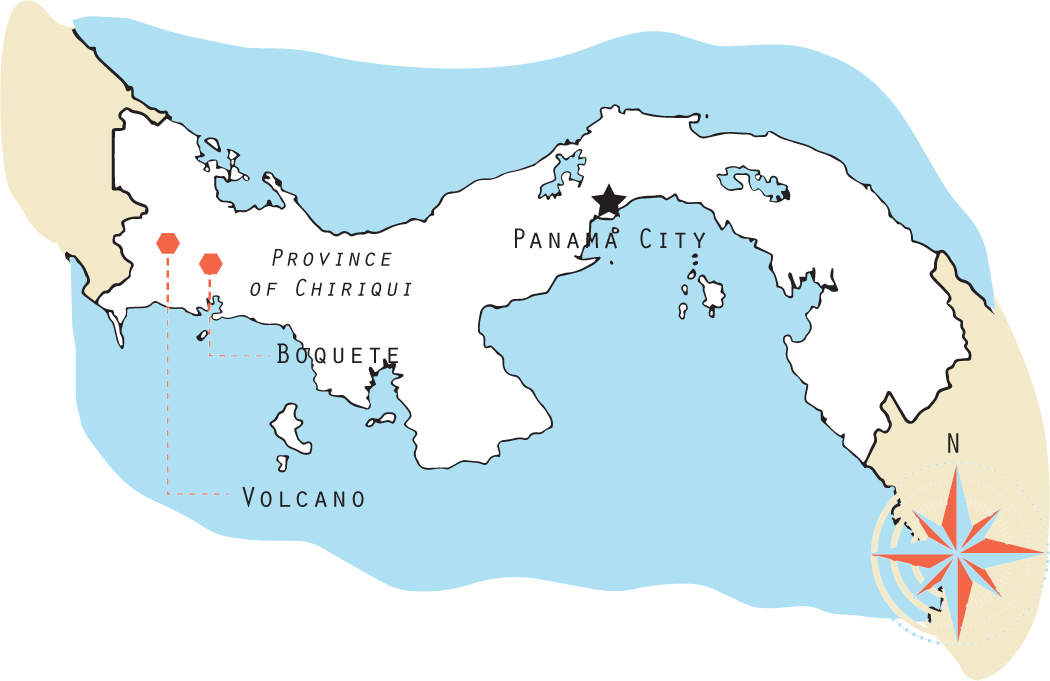
PANAMA

Coffee cultivation began in Panama at the end of the nineteenth century. The rich volcanic soil, high altitude, and high humidity are all conducive to coffee growing. In addition, multiple microclimates coexist within a relatively limited production area. The coffee is produced on family farms or medium-sized plantations. After the coffee crisis in 1996, the Panamanian coffee industry decided to focus on specialty coffee to boost growth. Today, despite its modest output, Panama is a respected player in this market, due in particular to the production of Geisha, a variety with strong taste potential that thrives in this terrain. The best lots are sold at online auctions. Traceability is excellent. These lots can be traced right back to their individual plot on the farm where they were grown.


THE FLAVORS OF A PANAMANIAN COFFEE: GEISHA
COFFEE FACTS
 Annual production: 628 US tons
Annual production: 628 US tons
 World market share: 0.07%
World market share: 0.07%
 Producer’s world ranking: 36th
Producer’s world ranking: 36th
 Principal varieties: Geisha, Caturra, Typica, Bourbon, Catuai
Principal varieties: Geisha, Caturra, Typica, Bourbon, Catuai
 Harvest period: November–March
Harvest period: November–March
 Drying: wet process, dry process
Drying: wet process, dry process
 Characteristics of very good Geishas: sweet, elegant, balanced, complex, light-bodied, floral, and citrusy
Characteristics of very good Geishas: sweet, elegant, balanced, complex, light-bodied, floral, and citrusy
